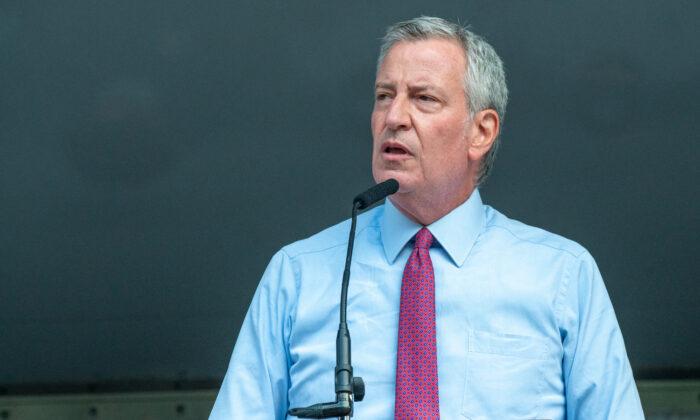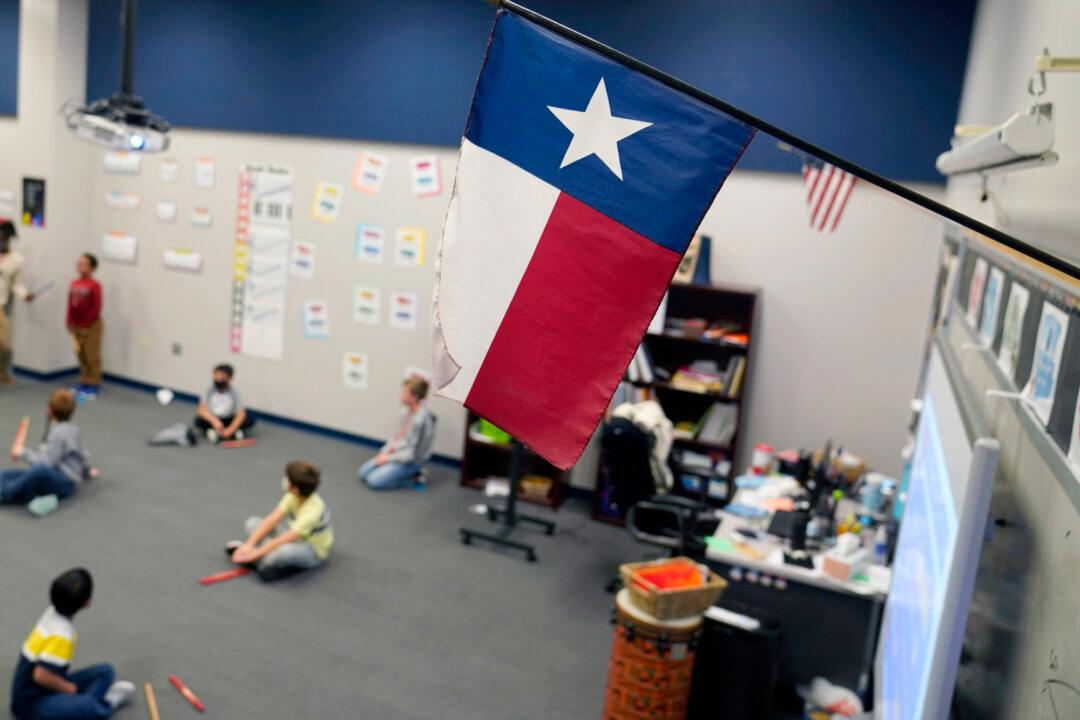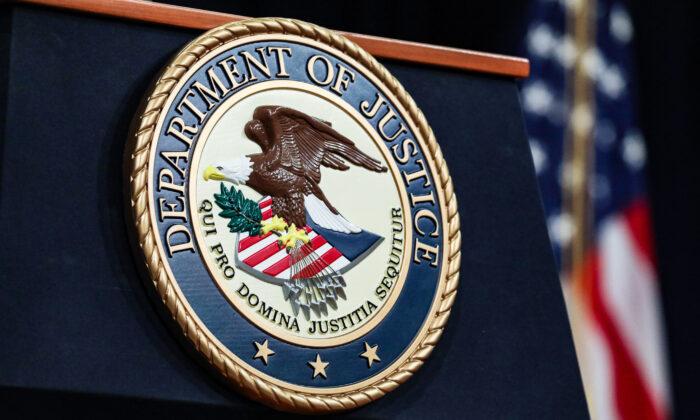Amid pressure from the teachers union, New York City Mayor Bill de Blasio on Monday announced that public school students will undergo more frequent testing for COVID-19.
In addition, unvaccinated students who wear masks and follow the 3-foot physical distancing rule will no longer have to quarantine if a classmate is tested positive for COVID-19. De Blasio said this is in alignment with public health guidance from the federal government.
“We will change the quarantine approach and will align to the CDC guidance on that,” he explained. “When there is a positive test in a classroom, the unvaccinated students in the classroom will not have to quarantine, if they are masked and three-feet distanced.”
The changes will go into effect on Sept. 27, which is also the deadline for every New York City employee who works in a school to receive at least one dose of the COVID-19 vaccine.
The mayor’s announcement comes a day after United Federation of Teachers (UFT) President Michael Mulgrew argued that the city should increase testing for children younger than 12 years old, who aren’t yet eligible to be vaccinated.
“I am concerned that this year’s reduced frequency of COVID testing means that thousands of children will spend days in classrooms without the early warning system that last year made our schools among the safest places in the community,” Mulgrew wrote in a letter to de Blasio.
Mulgrew noted that fewer than half of the city’s more than 1,800 schools and sites were tested in the first week of class, and that 663 classrooms have been fully or partially closed. He said that number would likely be even higher “if the city had a thorough and rigorous weekly testing protocol.”
New York City on Sept. 13 reopened its classroom doors to nearly 1 million students, many of whom were returning for the first time since March 2020, when the pandemic prompted the nation’s largest public school system to close.
Roughly 40 percent of New York City’s public school students went back into their classrooms this past spring, after city officials allowed families to opt between remote or in-person learning. In a change of course, however, de Blasio announced that the remote option would no longer be available in the fall and that all students would attend school in-person, with few exemptions for those with certain medical conditions.





